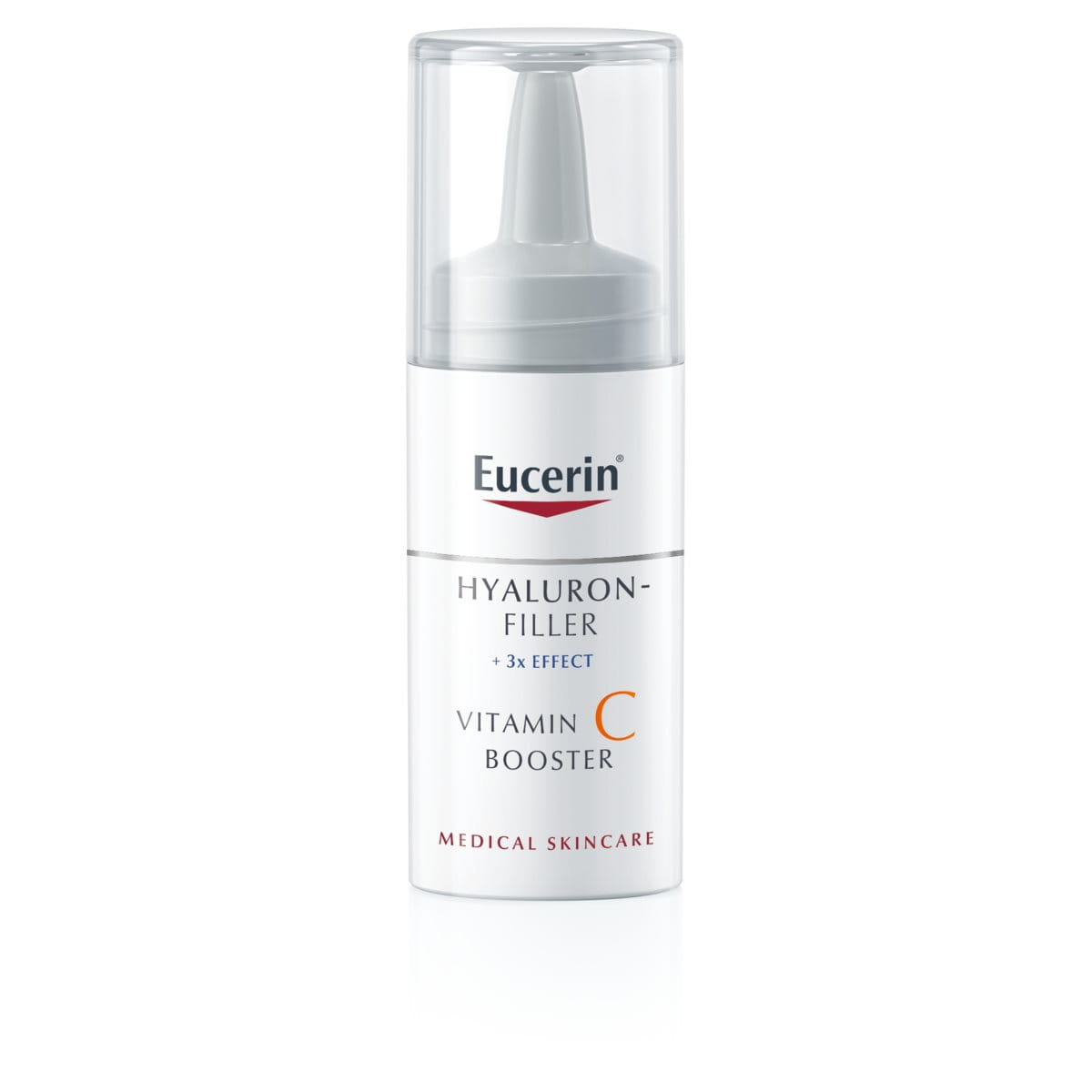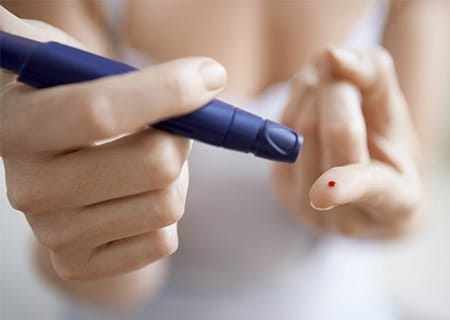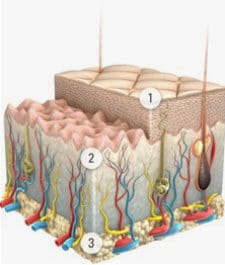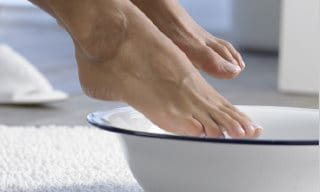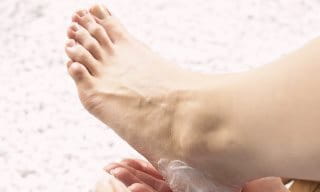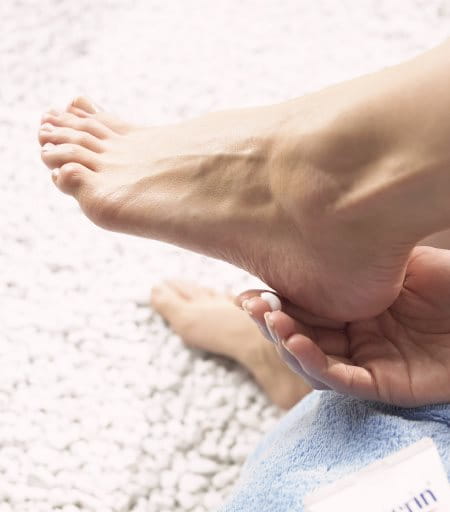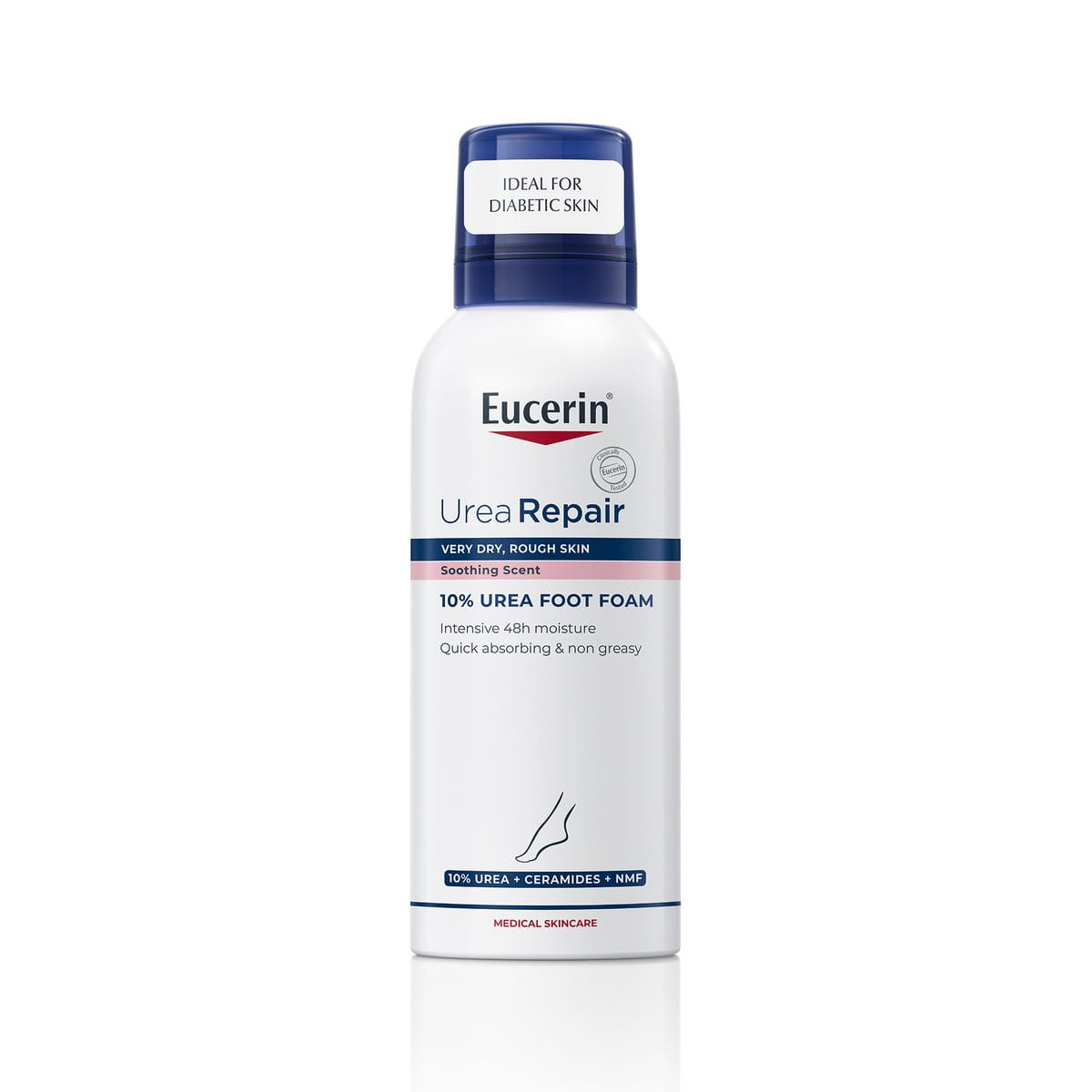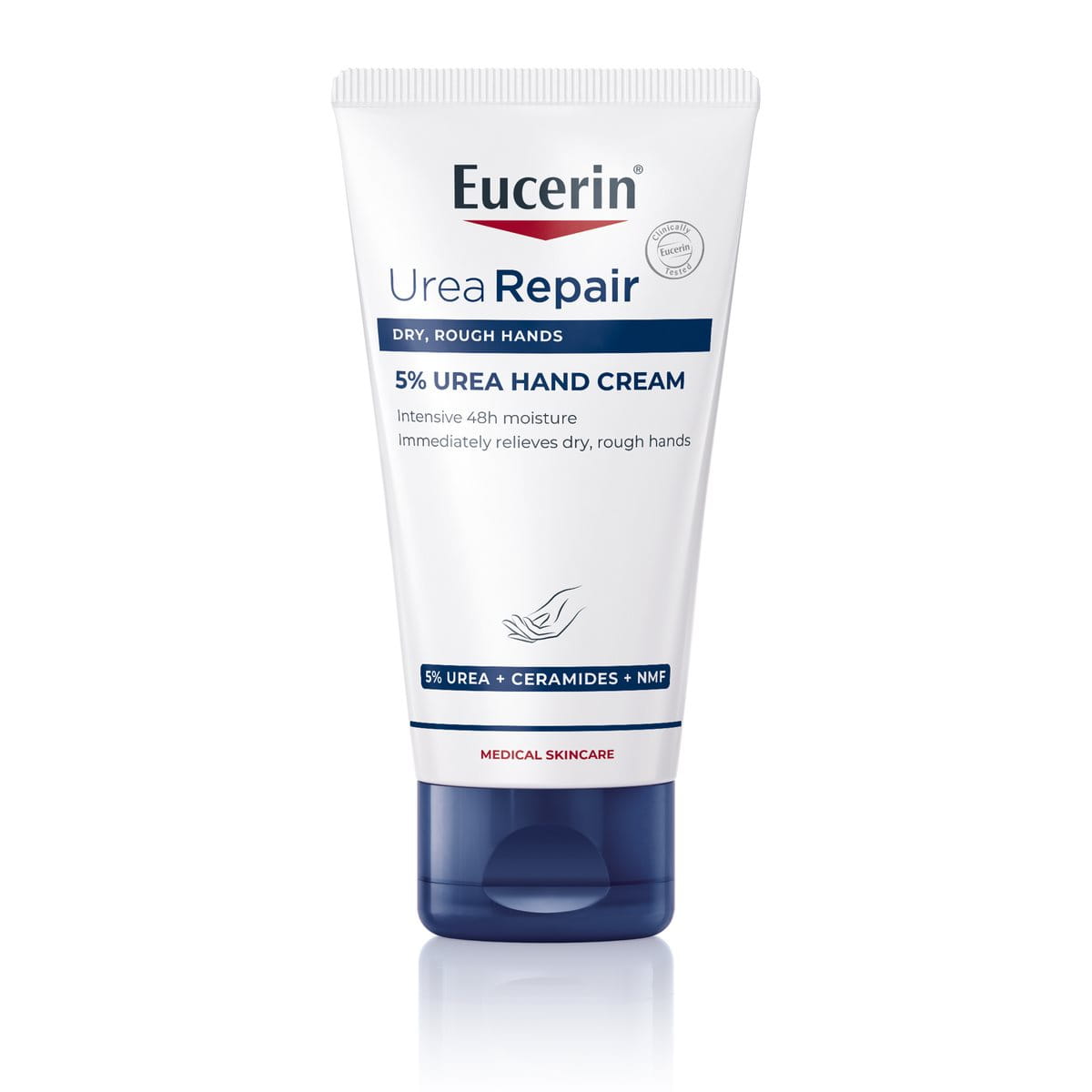If you’ve been diagnosed with Type 2 Diabetes mellitus (or just Diabetes as it is more commonly known) there’s no need to worry – you can still lead a happy and fulfilling life. A few changes to your everyday habits can normally help you to live comfortably with Diabetes – a healthy diet and exercise can be especially beneficial.
Even your skin, your body’s largest organ, can be affected by Diabetes and benefits from a bit of extra care. Surveys have shown that four out of five Diabetics suffer from skin problems that can severely limit their overall wellbeing. Daily skin care, and foot care in particular, can play an important part in skin health and your overall quality of life.


